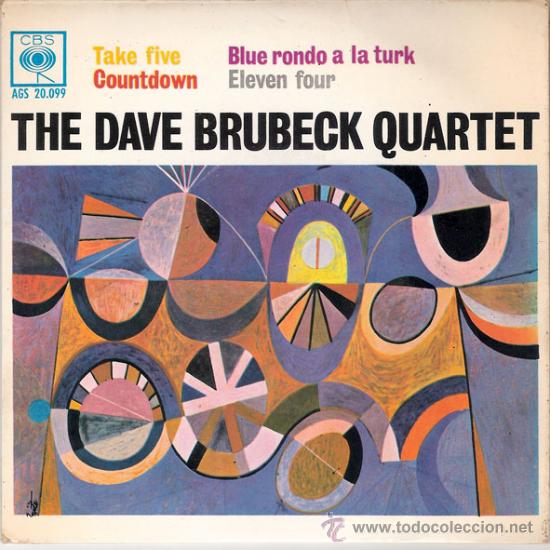

Review by JW Decem(3 of 3 found this review helpful)įor fans of this album I guess this will probably be the fourth time we are buying it. Otherwise, very recommended - but you knew that already, didn't you ? Guys, don't make a M-CH when the recording is 4 Track. With the M-CH mix the instruments change their places, which just sounds odd to me. I like the Stereo mix better, than the Multi Channel. Drums are crisp-nice brush work - and present. The Bass is something else.You see Eugene Wright stand there and pull the strings. Got this as a SA-CD and wooop, hiss is gone, harshness is gone, just plain good sound. I thought, ok, as this recording is from 1962 there must be hiss, thats the way it is. Later I purchased the SBM 20 Bit version, which wa a little better, but again ( like the Stan Getz) a little harsh and also a lot of hiss actually. Yes, you could listen to it, but I would not put it into the player as often, as I would have liked to. But this is anyway one of the cases, where the music speaks for itself. LS way up on top of the bookshelf and rather small, recold player quite good, but.

LP sound was great at that time - but what could I say in looking back to the mid/end 60's about sound in all honesty ? We had the LP of course and the first CD version that came out. What did this do to me ? I'm a music fanatic with more than 10.000 CD's and already 100's of SA-CD's and DVD-Audio's. My dad would play it every weekend at least once. Here is the other recording, that I know since I'm born. Review by boguspomp J(9 of 11 found this review helpful) For the more "traveled" jazz listener, I urge you to revisit this recording. For the uninitiated, I can think of no better jazz album to foster a love for the genre.

Noise and hiss are virtually non existent throughout- clean and focused sound greets the listener on every track. Left, right, and center channels combine to form a fluid and convincing wall of sound, while the surrounds are primarily used for ambience. Though it is understated compared to other five channel mixes, I don't think I'd want it any other way. Thus far, all of my experience with this release has been with its multichannel track. As recognizable as this track is to even a novice of jazz, I can't stress enough its importance or its beauty. Often overshadowed by Brubeck, here Desmond is able to let fly with a grace that highlights both his improvisational chops AND his restraint. Though Dave Brubeck has always been the most recognized member of his quartet (fancy that.), this album's third track, "Take Five", highlights the talent of Paul Desmond, both as composer and musician. The beauty and reality of ALL these things enter your listening room via this disc in a way that bridges the gap between live and recorded music. Having played in jazz ensembles in my younger days, I've always realized that there are small sounds and nuances which come across so easily live, yet are practically inaudible on CD recordings- the buzz of a snare the attack of piano hammer on string the whooshing of air through open saxophone keys. The outstanding remaster of the 1959 recording coupled with the fidelity of the SACD format combine to create a "sense of space" that I haven't felt on any recording before or since. Whenever I have a new guest in my listening room who hasn't been exposed to SACD or other high resolution formats, this is the disc I grab to "wow" them.


 0 kommentar(er)
0 kommentar(er)
